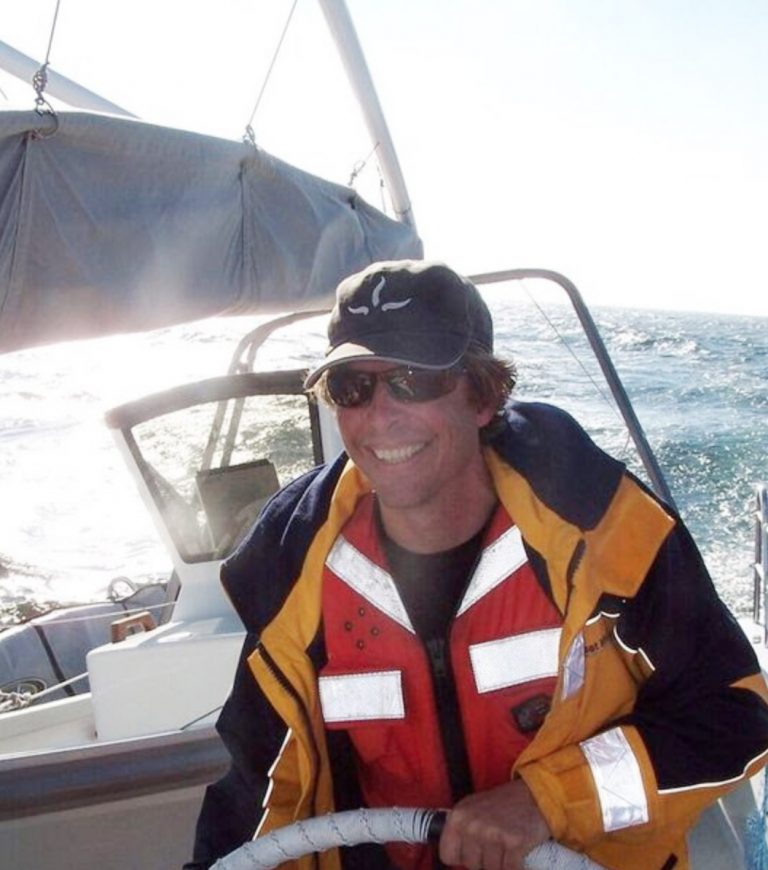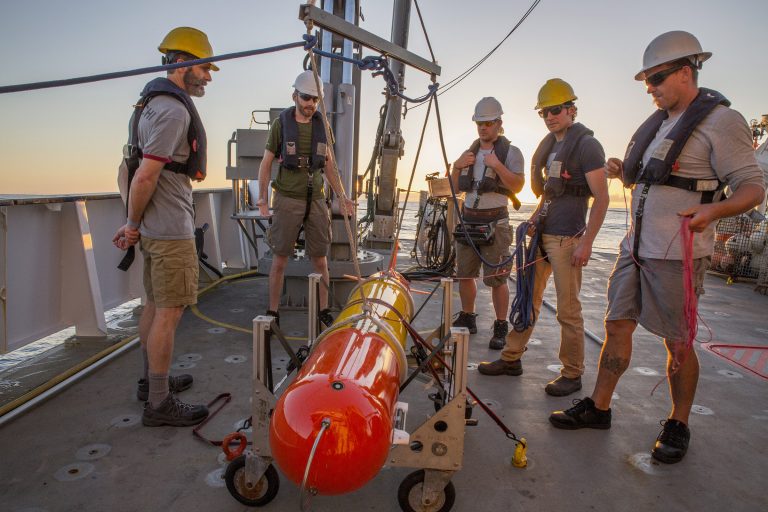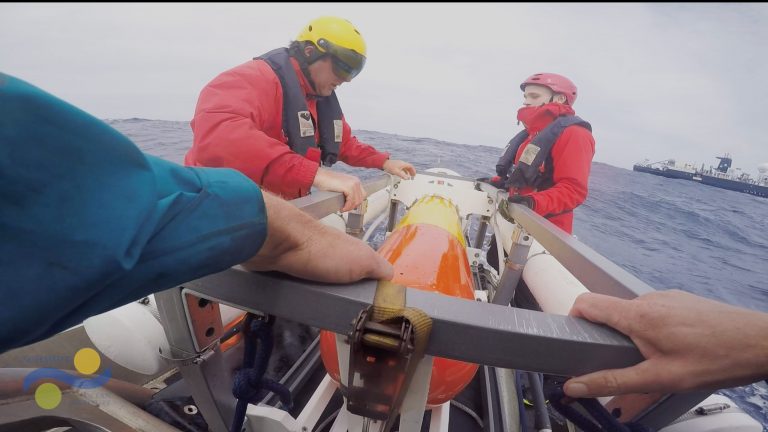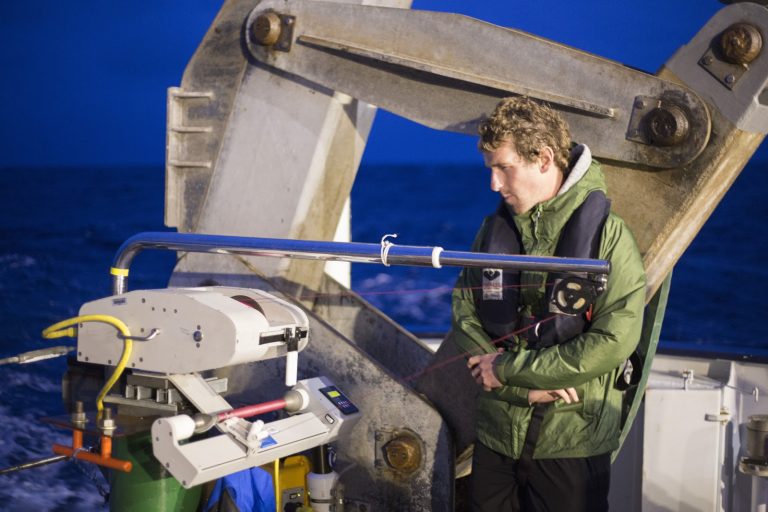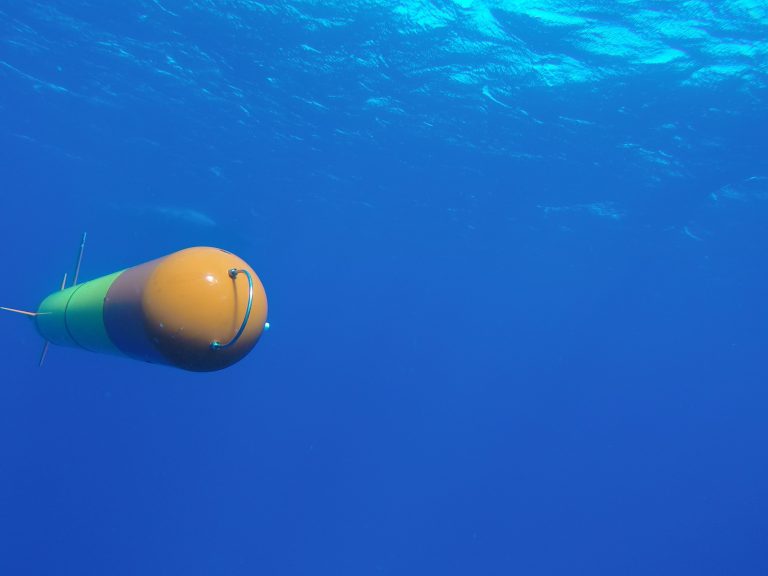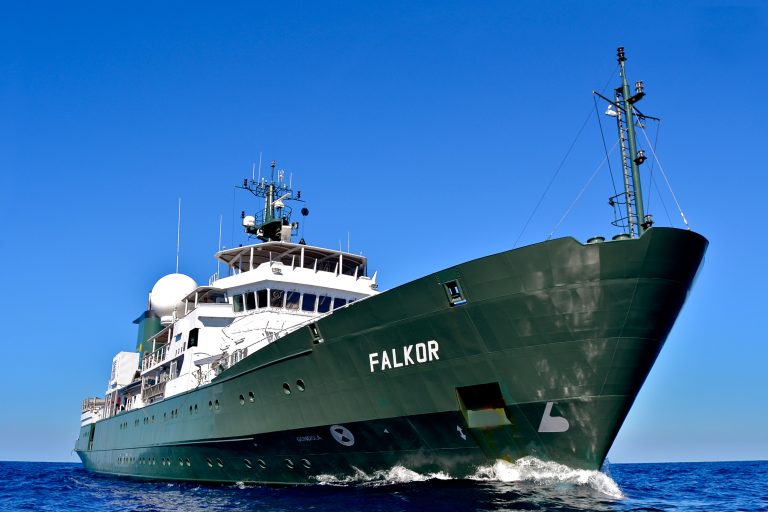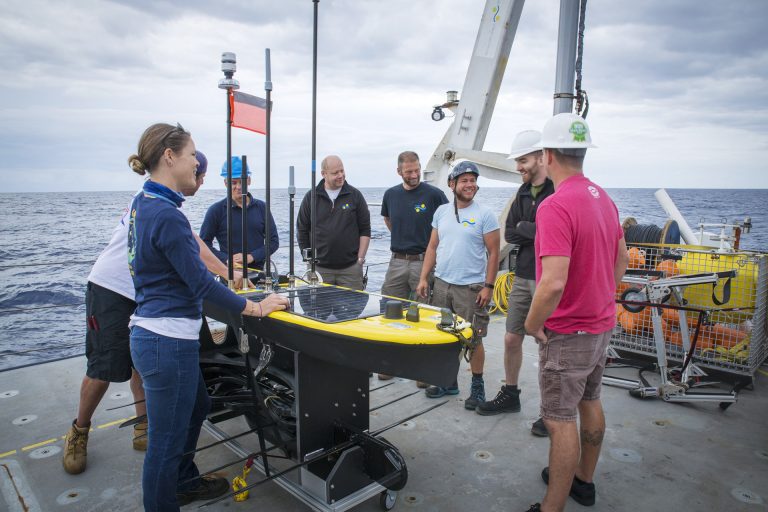Publication: McDermott, J., Sylva, S., Ono, S., German, C., and Seewald, J. (2018). Geochemistry of Fluids from Earth’s Deepest Ridge-crest Hot-springs: Piccard Hydrothermal Vent Field, Mid-Cayman Rise. Geochimica et Cosmochimica Acta, 228, 95-118, doi: 10.1016/j.gca.2018.02.021.
McDermott, J., Sylva, S., Ono, S., German, C., and Seewald, J. (2018). Geochemistry of Fluids from Earth’s Deepest Ridge-crest Hot-springs: Piccard Hydrothermal Vent Field, Mid-Cayman Rise. Geochimica et Cosmochimica Acta, 228, 95-118, doi: 10.1016/j.gca.2018.02.021.
